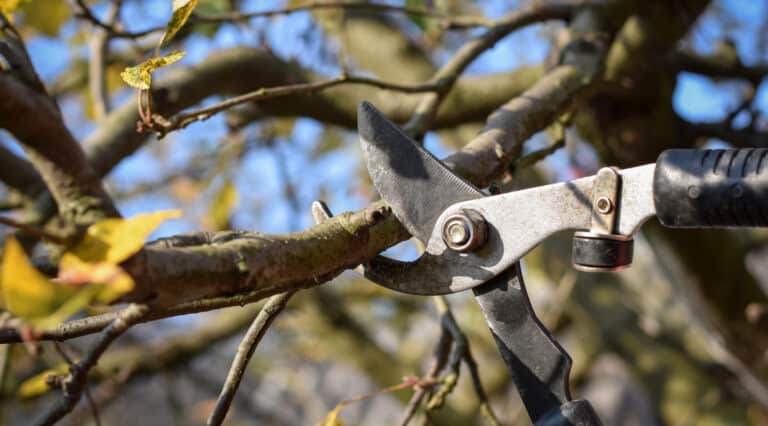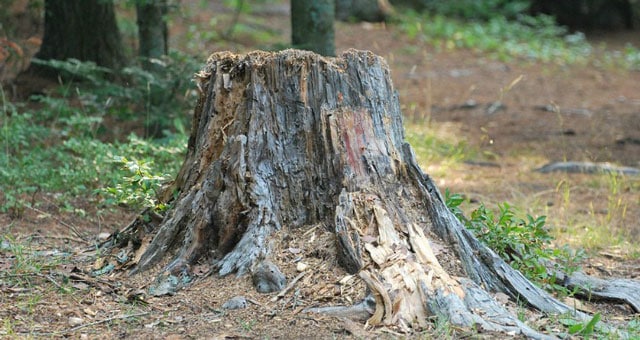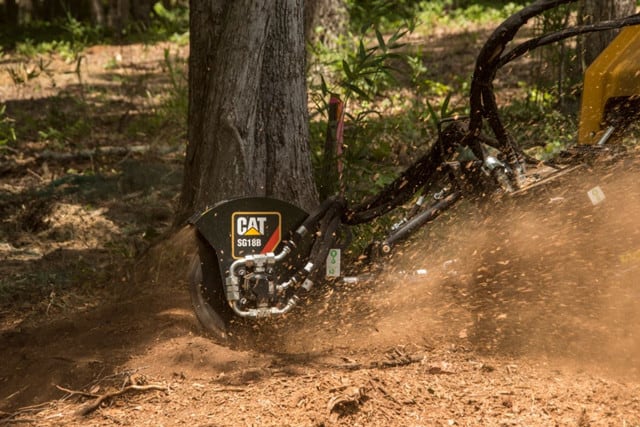Find My Local Expert Timing is Key: When to Prune...
Read More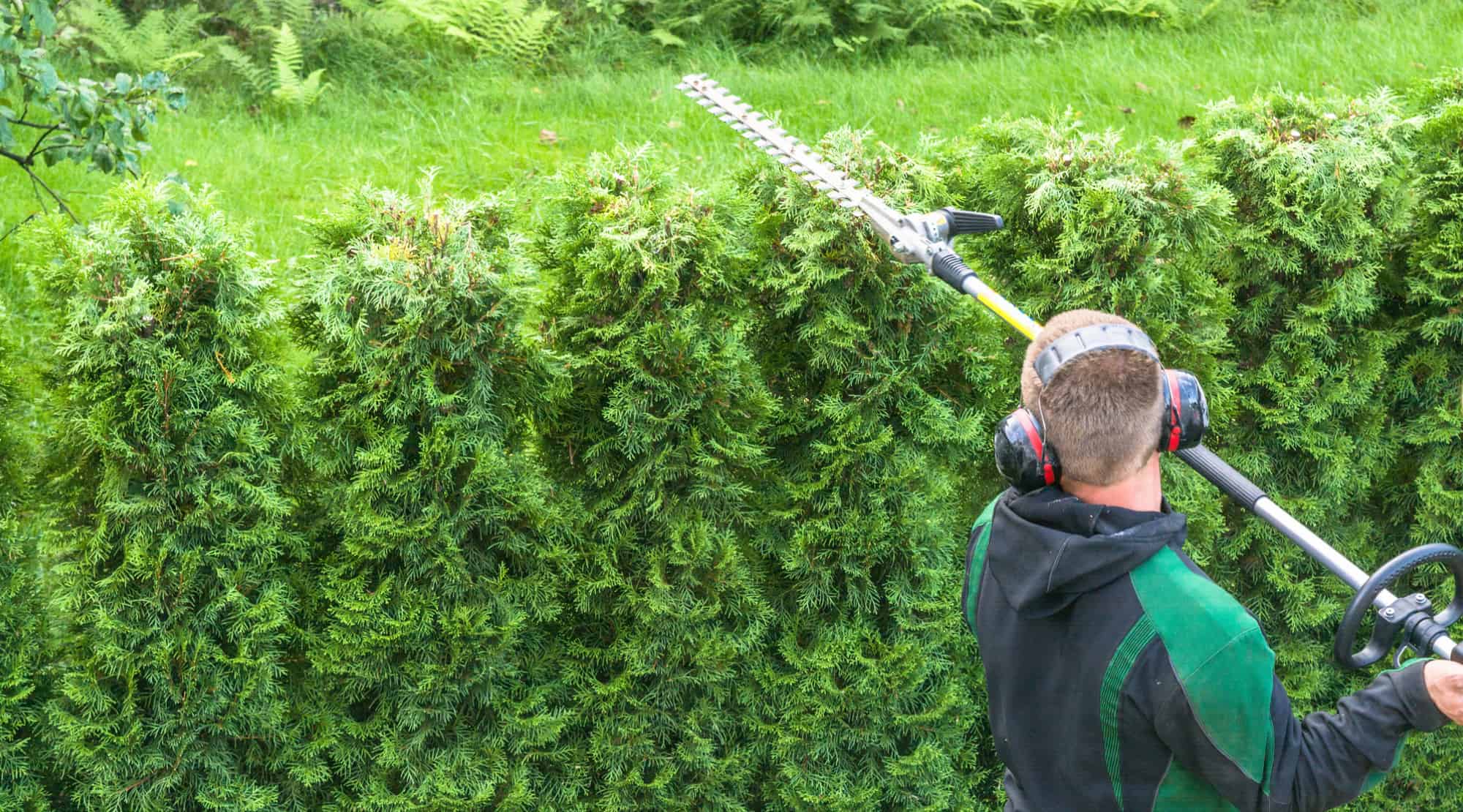
Prune Your Privet: Tips for Picture-Perfect Hedges
The privet hedge is a popular choice for many homeowners because of its dense and lush foliage, which provides an attractive and effective barrier. However, to maintain its beauty and functionality, regular trimming is necessary. Proper trimming not only keeps the hedge healthy and tidy but also promotes new growth and denser foliage.
Trimming a privet hedge may seem like a daunting task, but with the right tools and technique, it can be done with ease. In this article, we’ll provide you with a step-by-step guide on how to trim a privet hedge, so you can keep your hedge looking its best all year round.
Whether you’re a seasoned gardener or a beginner, this article will provide you with all the information you need to properly trim your privet hedge to ensure that it remains healthy and attractive.
What Is a Privet Hedge?
Have you ever heard of privet hedges? If not, let me introduce you to this versatile plant that is quite popular among gardeners and landscapers. Simply put, privet hedges are dense, small-leaved shrubs that can be used for various purposes, including formal and informal hedging, garden borders, and privacy screens. Privet hedges are especially suitable for formal hedges due to their bushy and easy-to-shape characteristics.
One of the best things about privet hedges is their ability to be easily sculpted into beautiful shapes, making them a favorite among gardeners who enjoy getting creative with their hedging. Aside from its aesthetic value, privet hedges are also popular for their fragrant flowers that bloom in late summer, making them a delightful addition to any garden.
Whether you’re looking to create a dense hedge for privacy or just want to add some beauty to your garden, privet hedges are a great option. Their versatility allows them to be used for both formal and informal hedging needs. And with their easy-to-shape characteristics, creating beautiful shapes is just a matter of time and effort.
When to Prune Privet
Pruning your privet hedge is crucial for optimal growth and maintenance. The timing of pruning, however, is dependent on the desired result and flowering.
If you want a formal hedge, heavy pruning should be done in the late winter or early spring. This enables the hedge to produce new green growth and optimal root growth. However, if you want to enjoy the fragrant flowers, it’s best to wait until after the flowers finish in early summer to prune.
If you’re going for a more natural-looking hedge, pruning after flowering will allow your hedge to grow into its natural shape. Pruning too early would require major interventions and could damage the entire hedge. It’s important to keep in mind that privet cultivars that flower do so on the previous season’s old wood. Pruning too early would result in no flowers.

When pruning, it’s essential to wear eye protection and use sharp hedge clippers or a hedge trimmer. A blade on the hedge shears should be parallel to the hedge and trimmed to a slight angle outward to promote denser growth
Why Prune Privet
Pruning privet hedges is essential to keep them healthy, beautiful, and productive. Regular pruning provides numerous benefits to the plant, such as dense foliage growth, flowering and fruiting, and optimal growth. By pruning in late winter or early spring, you can encourage spring growth that will cover any bare spots and keep the hedge looking full and lush.
Regular pruning should be done to control the height and width of the hedge and remove any dead or diseased branches. This promotes a dense and uniform shape while keeping the hedge looking neat and tidy. Regular pruning also stimulates root growth and helps the plant absorb sufficient nutrients from the soil.
If a privet hedge becomes overgrown or has bare spots, rejuvenation pruning can be done to encourage vigorous new growth. This involves cutting the entire hedge back to a few inches from the ground. This may seem like a drastic step, but it allows the plant to regenerate and produce fresh, healthy growth.
Pruning a privet hedge may seem like a straightforward task, but it is important to do it correctly to avoid damaging the plant. If you are unsure about pruning or have a large or complex hedge, it is best to hire a professional arborist.
Things You'll Need
When it comes to maintaining your privet hedge, having the right tools on hand can make all the difference. Here’s what you’ll need to keep your hedge looking its best:
Firstly, pruning shears are an essential tool for trimming back small branches and leaves. For larger branches, an electric trimmer or pruning saw may be necessary.
To keep your tools clean and working properly, it’s important to have some household cleaner or isopropyl alcohol on hand to wipe down the blades.
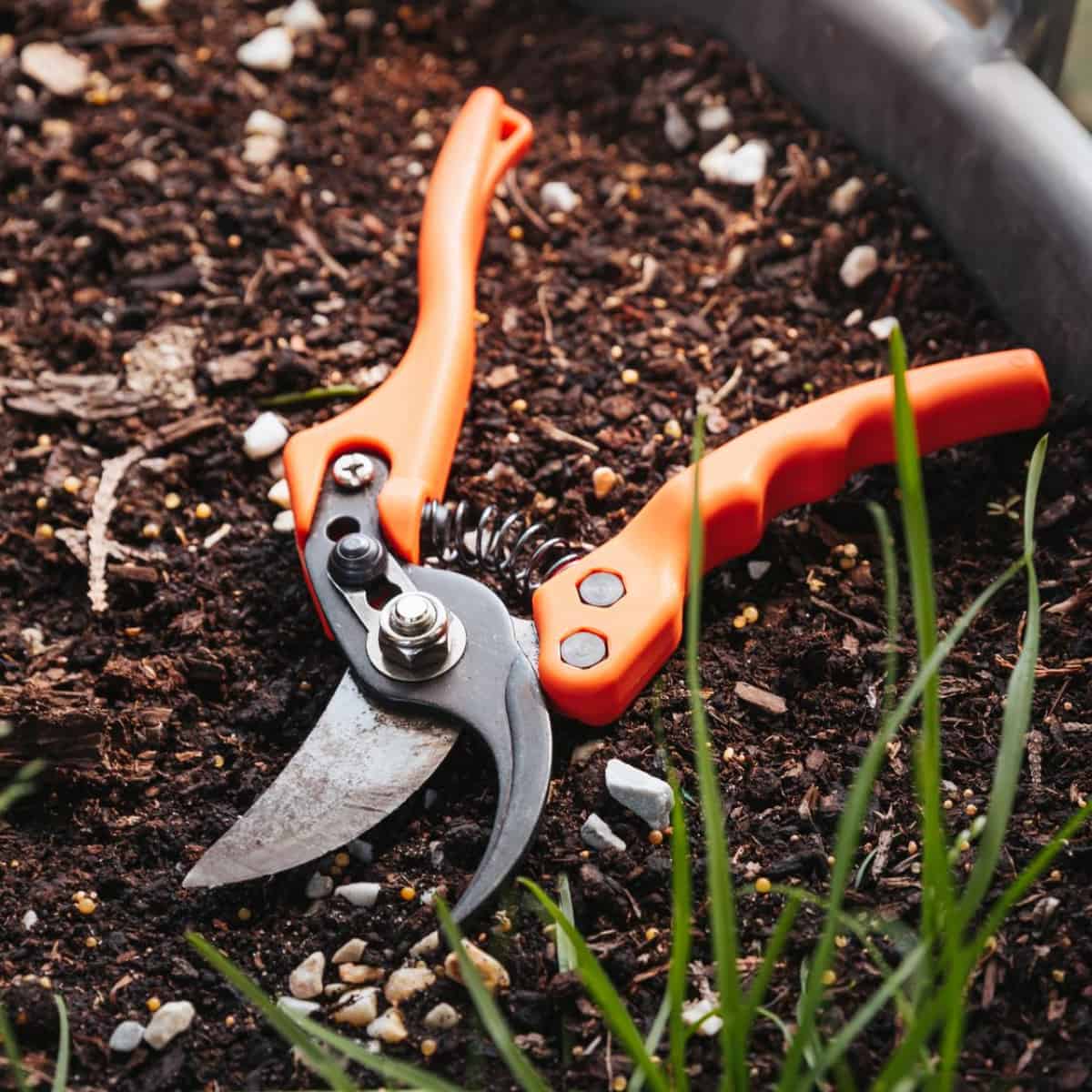
Gloves and protective eyewear are also important to keep yourself safe while pruning. And don’t forget to stay hydrated! Keep a bottle of water nearby to stay refreshed.
After pruning, adding mulch around the base of your hedge can help retain moisture and keep weeds at bay. Optional tools include a ladder for reaching higher branches and a formal hedge template for shaping your hedge into a desired style.
With these tools and a little bit of know-how, you can keep your privet hedge looking lush and beautiful year-round.
Pruning Privet Hedges
Pruning your privet hedges is an essential task to keep them looking neat and tidy. Timing is important when it comes to trimming your hedges. You should prune them in the late winter or early spring to promote optimal growth. Pruning before spring growth encourages green growth and root growth later in the season.
To start your hedge trimming, it’s essential to have the right tools on hand. Pruning shears, loppers, and an electric trimmer are all necessary for pruning small and larger branches.
When trimming your privet hedges, begin by trimming out any crossing branches, damaged, or dead branches. This not only promotes healthy growth but also helps to ensure a tidier appearance. Remember to wear gloves and protective eyewear for safety while working.
Shaping the outside of the hedge is also important for achieving the desired look, especially for formal hedges. First, determine the desired height and use stakes to mark the top and bottom of the hedge to ensure a uniform height. Shear the top and face of the hedge to create the desired shape, making sure to shear at an angle for denser growth.
Privet Hedge Care
Privet hedges are a popular choice for outdoor landscaping due to their lush, vibrant appeal and adaptability to different climates and soil types. While they are relatively low-maintenance, proper care is still necessary to ensure your privet hedge looks healthy and attractive year-round. In this guide, we’ll walk you through everything you need to know about taking care of your privet hedges, from the best time to prune to tips on promoting optimal growth and nurturing a variety of bird species in your hedge. So, grab your hedge trimmer and let’s get started on maintaining your beautiful hedge.
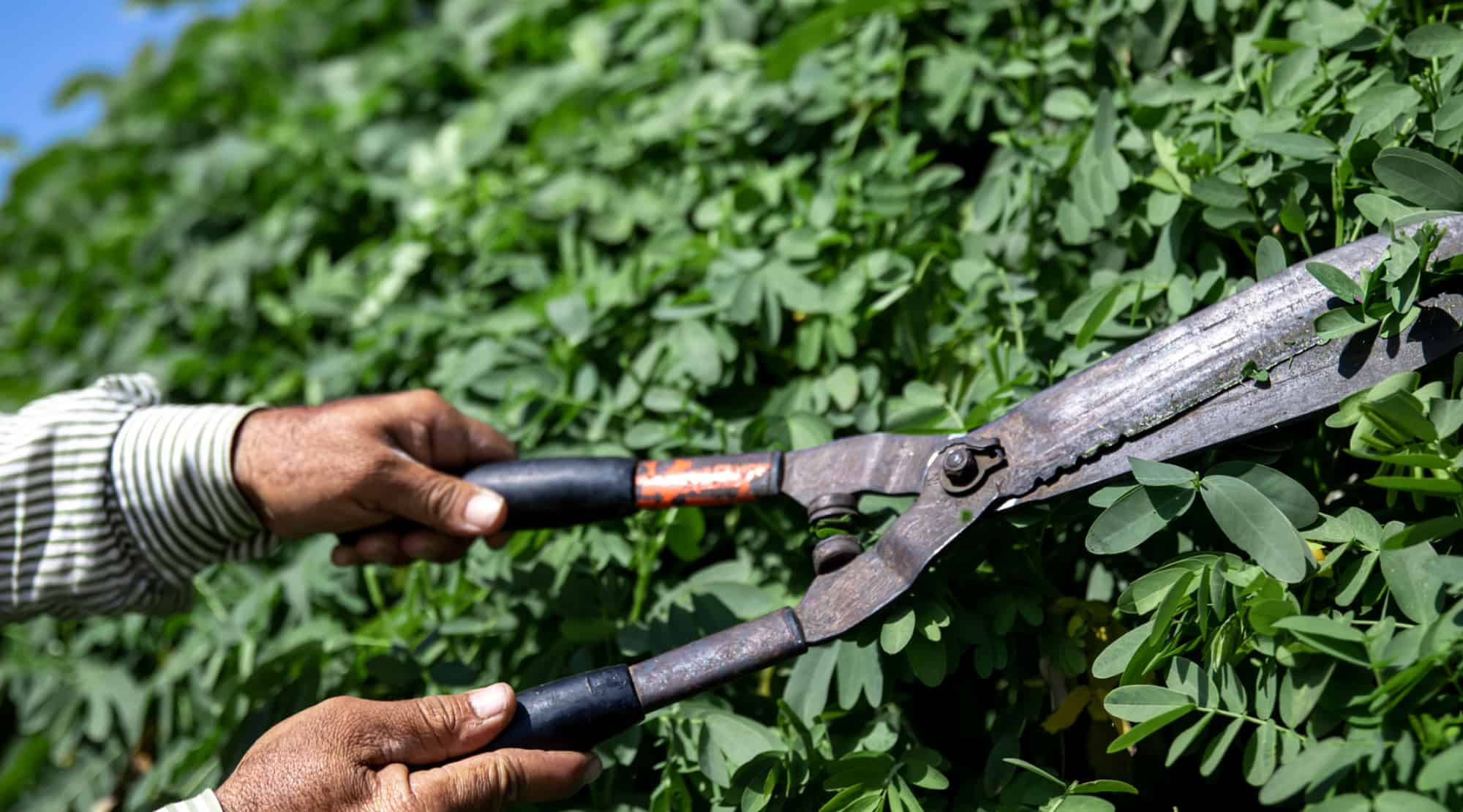
Maintenance Pruning (Summer)
Summer is a great time to maintain your privet hedges through maintenance pruning. This involves lightly pruning the hedge to promote a tidy appearance and encourage dense growth. Here are some specific steps you can take:
1. Use shears to remove long branches that are starting to grow out of shape. This will help to shape the hedge and keep it looking tidy.
2. Be careful not to remove too much green growth, as this can damage the hedge and make it look patchy. Instead, aim to remove only the bare minimum necessary to achieve your desired shape.
3. If you notice any dead or overgrown branches, use a pair of sharp pruning shears to remove them. This will help to prevent the hedge from becoming too dense and will encourage new growth during the next growing season.
4. During the summer months, it’s important to keep an eye out for any nesting birds that may be living in your hedge. To avoid disturbing them, avoid heavy pruning or major interventions and stick to light maintenance pruning.
Hard Pruning (Winter)
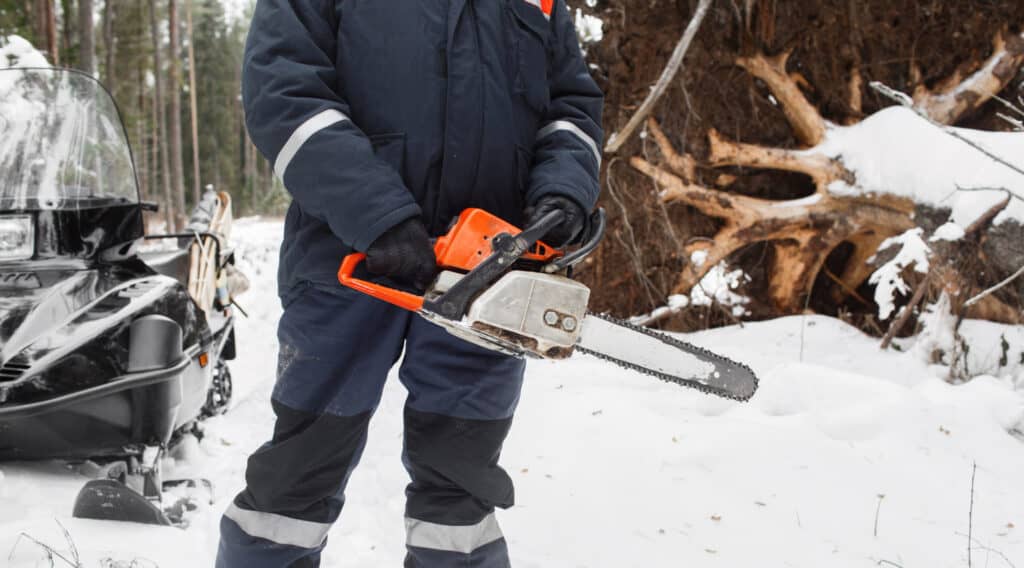
During the winter months, hard pruning is a useful technique to encourage the optimal growth of your privet hedge. This process involves cutting back all healthy branches to the bare minimum to encourage new growth in the upcoming growing season.
Firstly, it’s important to trim away any dead or older barren stems from the interior of the plant. To improve the health and growth of a hedge, it is important to ensure good airflow and sunlight penetration. Any dead branches should be removed to make space for new growth, but be mindful not to remove too much green growth as this can harm the hedge’s appearance and health.
After the hard pruning process, the soil can benefit from fertilization using a 10-10-10 mixture. This should be applied generously to provide sufficient nutrients for the hedge’s optimal growth. The shrub should then be watered adequately, and a layer of mulch should be spread on the
Keep your privet hedge looking neat and healthy with proper trimming techniques. Learn how to trim your privet hedge for optimal growth and appearance.
Conclusion

Trimming your privet hedge is an essential task to maintain the health and appearance of your hedge. By following the right techniques and tips, you can ensure that your privet hedge stays healthy and looks great all year round. Remember to trim your hedge regularly and avoid over-trimming to prevent damage to the plant. With a little effort, you can have a beautiful and healthy privet hedge in your garden.
You May Also Like...
Terminating Termites by Stump Grinding
Find My Local Expert Terminating Termites by Stump Grinding Termites...
Read MoreHow to Use Stump Grindings as Mulch For Your Garden
Find My Local Expert How to Use Stump Grindings as...
Read More7 Signs Your Tree Needs To Be Cut Down
Find My Local Expert 7 Signs your tree needs to...
Read MoreNeed Help With Your Hedge Pruning?
My Trusted Expert Guarantee
Experts Have Been Vetted & Approved
